21% OFF
Putranjiva Roxburghii, Lucky Bean Tree
Original price was: ₹699.00.₹549.00Current price is: ₹549.00.
- The Plant will be coming in well-stable potted condition.
- Plant height will be 18-24 inches in 6 inches pot.
- Plants nature is outdoor-semi shade, alternate day watering
- Useful for Ayurvedic Tonic, herbs & Medicinal plants
- Assured safe delivery with easy replacement.
Description
Description
Putranjiva Roxburghii, Lucky Bean Tree
The Putranjiva Roxburghii plant, a beautiful evergreen shrub, is a true botanical treasure. This plant, which originated in the warm regions of Southeast Asia, including India and Myanmar, is notable for its exceptional features.It’s a beautiful option for semi-shade and outdoor settings thanks to its luxuriant leaves and delicate appearance. Due to its flexibility, it is ideal for gardens, balconies, and even as a decorative houseplant. This plant’s wide range of applications is what makes it genuinely unique. The Putranjiva Roxburghii plant skillfully strikes a balance between aesthetics and utility, offering shade, boosting aesthetics, and producing therapeutic oils.With this gorgeous plant, you can embrace nature’s beauty while adding a touch of elegance and purpose to your space.
Caring Tips:-
1. Light and Location: Place your Putranjiva Roxburghii in a spot with bright, indirect sunlight. It prefers a well-lit area but should be shielded from intense, direct sunlight to prevent leaf burn.
2. Soil and Watering: Use well-draining soil with good aeration. Allow the top inch of soil to dry between waterings. Avoid overwatering, which can lead to root rot. During winter, reduce watering frequency.
4. Pruning: Trim any dead or yellowing leaves to encourage new growth. Pruning also helps maintain the plant’s shape and overall appearance.
5. Fertilization: Feed your plant with a balanced liquid fertilizer during the growing season (spring and summer) every 4-6 weeks. Reduce or cease fertilizing during fall and winter when growth slows down.
6. Repotting: Repot your Putranjiva Roxburghii every 2-3 years or when you notice the plant becoming root-bound. Choose a slightly larger pot with fresh, well-draining soil.
Additional information
Additional information
| Weight | 0.15 kg |
|---|---|
| Dimensions | 24 × 13 × 11 cm |
Reviews (0)
You must be logged in to post a review.


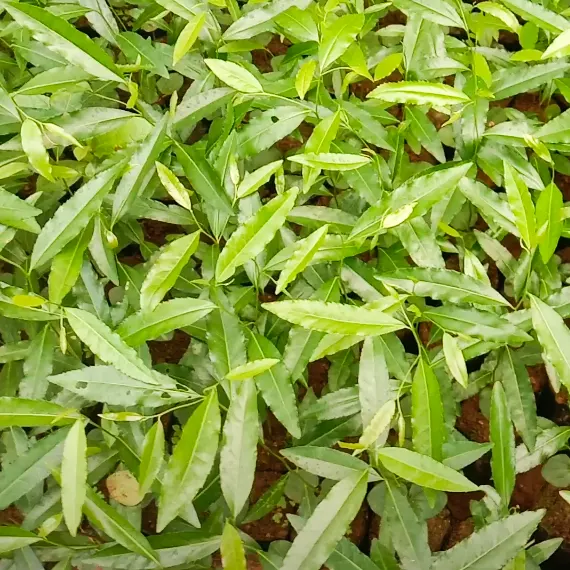
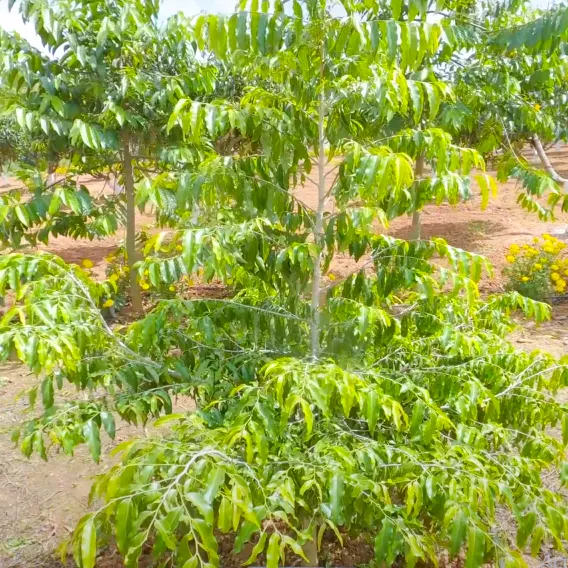
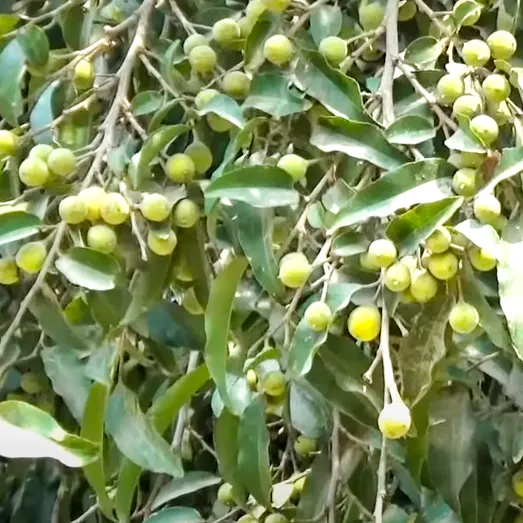
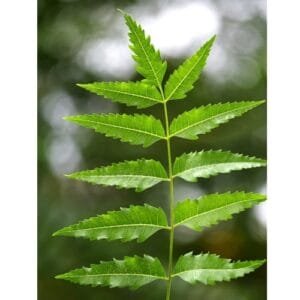
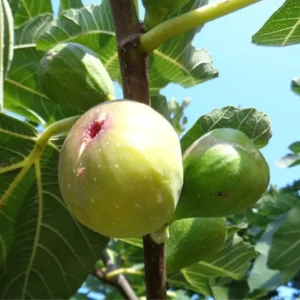
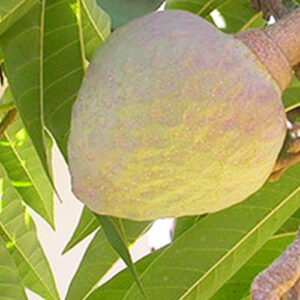
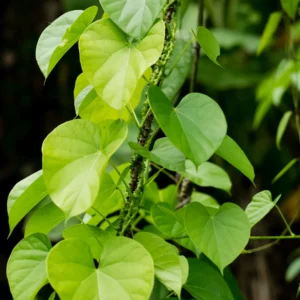
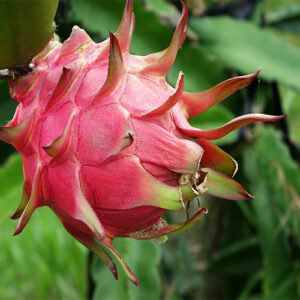
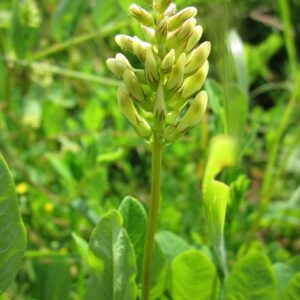
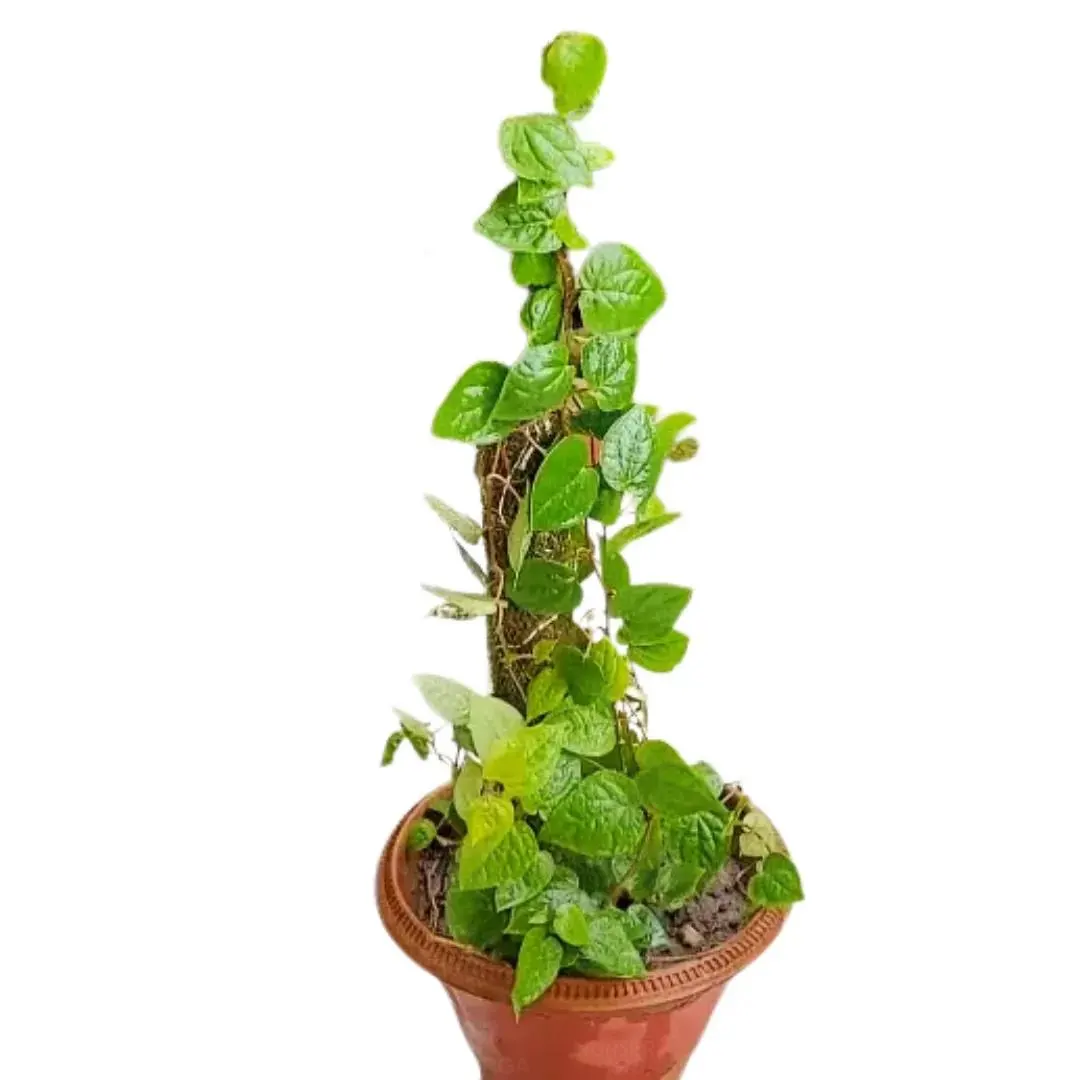
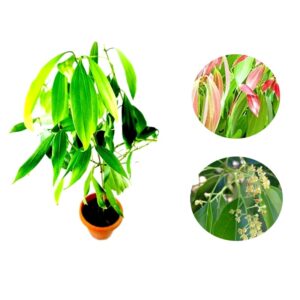
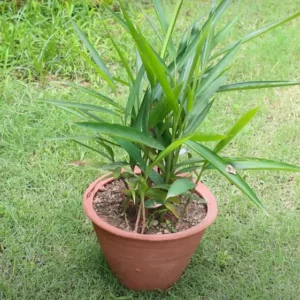
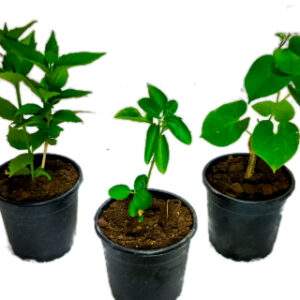
Reviews
There are no reviews yet.